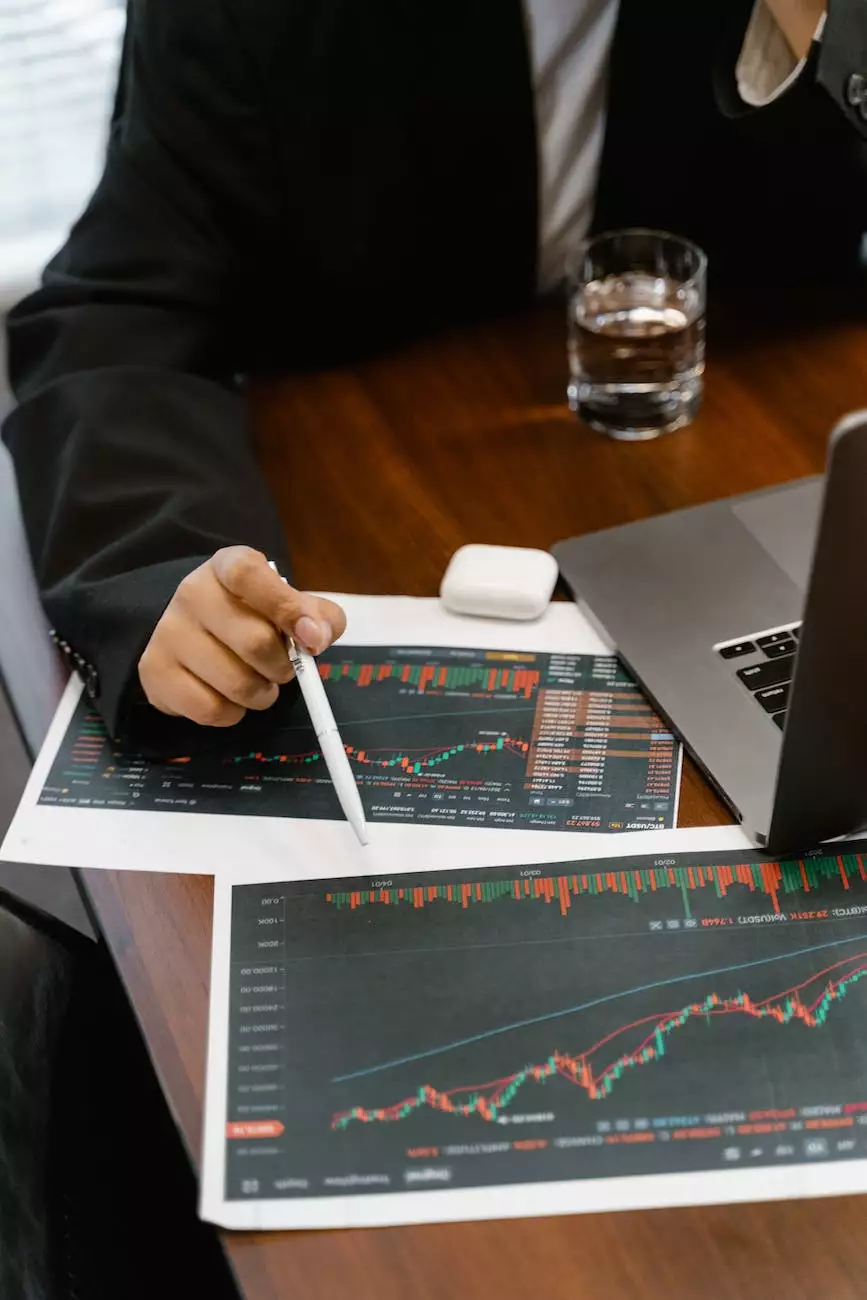Going Deeper: SEO - The Importance of Internal Links
SEO Marketing
As a leading provider of SEO services in the Business and Consumer Services category, SEO Spectrum understands the vital role that internal links play in optimizing websites for better search engine rankings.
What are Internal Links?
Internal links are hyperlinks that connect one page of a website to another page on the same website. They provide a navigation path for users and search engine crawlers, allowing them to easily discover and explore different sections of a website.
Why are Internal Links Important for SEO?
Internal links carry immense significance in the realm of SEO. Here's why:
1. Enhanced Website Navigation
Internal links help users navigate through a website more efficiently. By strategically linking relevant pages together, visitors can easily find related content and spend more time on your website, reducing bounce rates and improving engagement metrics. Additionally, search engine spiders can follow these links to crawl and index your web pages thoroughly.
2. Improved User Experience
When users find internal links within the content they read, they are encouraged to explore further. By incorporating relevant anchor texts, you can guide users towards other valuable resources, increasing their satisfaction and overall user experience. By ensuring a seamless journey through your website, you are more likely to convert visitors into loyal customers or subscribers.
3. Enhanced Keyword Relevance
Internal links allow you to establish a relationship between different web pages using targeted anchor texts. By linking relevant pages using specific keywords, you can reinforce the topical relevance of your content. This practice helps search engines understand the context and keywords associated with your website, potentially boosting your rankings for those specific keywords.
4. Increased Crawlability and Indexability
Search engine crawlers use internal links to discover and index your website's pages. By providing a clear and organized internal linking structure, you can help search engines effectively crawl and understand the structure of your website. This, in turn, enhances your website's indexability, ensuring that all your valuable content gets properly indexed by search engines.
5. Page Authority Distribution
Internal links also play a role in distributing page authority throughout your website. By linking to important pages from other pages within your site, you can pass on the authority and ranking power to those linked pages. This can help boost their visibility in search engine results and increase their chances of ranking higher for targeted keywords.
Best Practices for Optimizing Internal Linking Structure
To maximize the benefits of internal links for SEO, consider the following best practices:
1. Plan Your Internal Linking Strategy
Before implementing internal links, develop a clear strategy. Identify the key pages you want to prioritize and create a logical linking structure that allows users to navigate seamlessly. Consider the relevance of each link and ensure it aligns with your overall content goals.
2. Use Descriptive Anchor Texts
Anchor text is the clickable text within a hyperlink. It's crucial to use descriptive and keyword-rich anchor texts when linking to other pages on your website. This helps search engines understand the context of the linked page and reinforces the relevance of your content.
3. Incorporate Internal Links Naturally
Avoid overusing internal links within your content, as it may come across as spammy or manipulative. Instead, focus on incorporating internal links naturally into your content, ensuring they add value and context for the reader. Remember, user experience should always be the priority.
4. Avoid Broken or Redirected Links
Regularly check your internal links to ensure they are functional and not leading to broken or redirected pages. Broken links can harm user experience and negatively impact your SEO efforts. If you remove or redirect a page, update the internal links pointing to it accordingly to maintain a smooth user experience.
5. Leverage Breadcrumb Navigation
Breadcrumb navigation not only provides users with an intuitive way to navigate your site but also adds an additional layer of internal linking. Breadcrumbs display hierarchical information about a website's structure, allowing users to easily trace their path back to previous pages.
Conclusion
In conclusion, internal links are a critical component of effective SEO strategies. By utilizing internal links strategically, businesses can enhance website navigation, improve user experience, reinforce keyword relevance, ensure crawlability and indexability, and distribute page authority effectively.
At SEO Spectrum, we recognize the importance of internal links in driving organic traffic and improving search engine rankings. Contact our expert team today to learn how we can optimize your internal linking structure and enhance your overall SEO performance.










